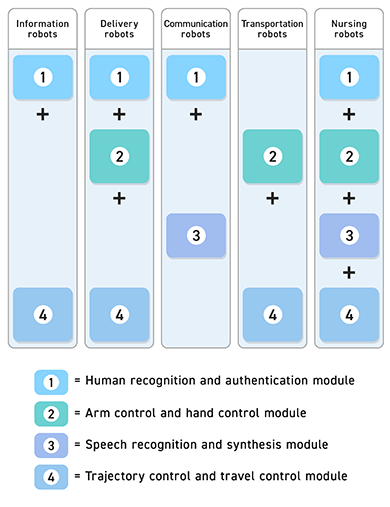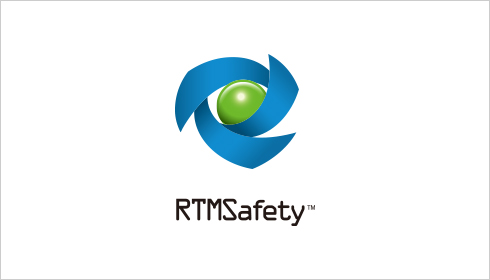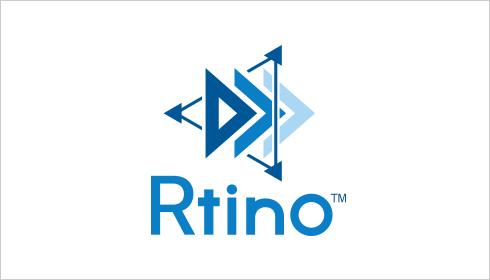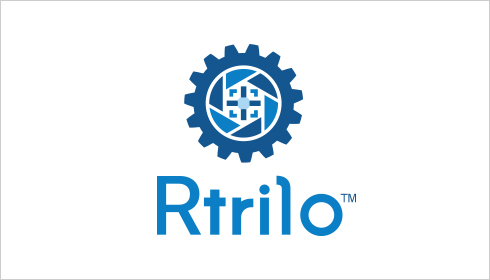SEC has been carrying out research and development into robot software since 2003. We have built up a leading position in the market as one of the few software vendors with robot-related technology. With a particular focus on RT-Middleware (RTM), the componentization technology for robot control software, we are working on development of RTM products compliant with functional safety because of the need for advanced safety features on service robots used where we live. We also specialize in Robot Operating Systems (ROS), the frameworks for robot development, and meet the needs for a range of robot systems.
We meet requests for a range of robots and robot-related software.
- Robot standardization and functional safety services
- RT-Middleware/ROS education and consulting
- Functional safety education and consulting
- Robot software development
In response to customer requests, we support individual development of robot software from research and development through to prototypes and practical applications.- Development using robot standardization technologies (RT-Middleware/ROS)
- Individual software development for automated driving, automated guided vehicles (AGV), marine vessels, drones, industrial vacuums, agricultural machinery, etc.
- Development using elemental technologies such as robot simulation, SLAM technologies, speech processing, image processing, artificial intelligence (AI), etc.
- Development for communication robots (reception, translation, interpreting, etc.) and services that use them (monitoring support, personal healthcare, etc.)
- Robot software product sales
RT-Middleware is a technology for componentizing robot elements (actuators, sensors, etc.) and robot control software. Simple combination of parts required for particular applications enables easy, fast and low-cost development of a wide range of robots. We are working on developing robots and components that use RT-Middleware and applying RT-Middleware to existing robots. We are also involved in activities to promote the use of RT-Middleware, such as writing books and delivering lectures.
■RT-Middleware-based development track record (examples)
- RTMSafety: RT-Middleware for Functional Safety
- RT-Middleware vision system platform development
- RT-Middleware advanced measurement device platform development
- Mobile two-arm robot operation system
- Household equipment automation system prototype
- Human support robot-oriented content server environment development
- Robot arm RT-Component development
- Aged care robot proof-of-concept system
- Visually impaired walking assistance-oriented obstacle detection technology development
- RT-Middleware speech processing system framework, etc.

By changing the combination of modules,
we can develop many unique robot patterns.
ROS is open-source software providing a range of libraries and tools for developing robot applications. It is gradually becoming the de facto standard in robot software development around the world. SEC is a member of ROS-Industrial Consortium Americas, a US-based robotics organization, through which we obtain and research the latest technology trends and pick up local business trends.
■ROS-based development track record (examples)
We have an extensive track record of robot software development, including autonomous movement, arm control, interaction, and simulation.
- Rtino: Indoor autonomous mobile robot software
- Rtrilo: Vision for Robots and Devices
- AGV-oriented autonomous movement software development
- Mobility-oriented autonomous movement software development
- Agricultural machinery-oriented autonomous movement software development
- Drone-oriented autonomous movement software development
- Robot arm control software development
- Robot interactive speech software development
- Infrastructure inspection robot software development
- Infrastructure inspection robot simulation development
- Space robot simulation development
- Space robot-oriented middleware assessment, etc.
Service robots that coexist with humans require functional safety for overall safety and peace of mind. It is expected that in the future, service robots that are not based on international standards for functional safety, such as IEC 61508 and ISO 13482, will not be feasible products. However, developing a robot with consideration for functional safety is both complex and difficult, which inevitably increases costs.
While developing robot software with functional safety, we are also involved in activities to aid the spread of safe robots through the market.
Aiming for safe and reliable robots, RTMSafety is the first robot middleware to achieve certification according to the IEC 61508 standard. It contributes to reducing costs and development time when creating highly-dependable and safe robots.

We are developing technologies for automated generation of map data and autonomous movement to enable movement of robots. We have commercialized the results of this research in our "Rtino" indoor autonomous mobile robot software.

We are developing techniques for applying technologies to robots for identification and recognition of objects using cameras, etc. in combination with AI technologies. We have commercialized the results of this research in our "Rtrilo" computer vision software.

"Human-cyber-physical space (HCPS) integrated human collaborative robotics" is the name of a new field that fuses people with cyber-physical spaces. We aim to promote technology development and implementation in society to realize a world in which people and technology can exist together, collaborate, and support each other (a technopia support society).
We will use the fundamental technology from the field of HCPS integrated human collaborative robotics and implement it in multiple areas of society where people spend a large amount of time on a regular basis, such as homes, buildings (apartment houses and offices), commercial facilities, and hospitals. In addition, we aim to build tools for promoting the introduction of HCPS integrated human collaborative robotics, as well as to encourage the construction of a robot-friendly environment, thereby contributing toward efforts to tackle the decrease in the working population, improve the quality of life of elderly and disabled people, and increase the disposable time of people with young children.
We are working to develop an edge AI chip with an integrated circuit that can run models based on reservoir computing—a type of machine learning algorithm that expresses the mechanisms of the human brain as formulas. Our aim is to utilize these chips and realize real-world implementation with AI-powered edge devices in the fields of robotics and IoT. We are also building a software development environment to help realize the ultimate goal of this project—implementing edge AI chips.
Together with the Kyushu Institute of Technology, we are conducting joint research into the circuitization of intelligent processing—incorporating field-programmable gate arrays (FPGA)—and into turning this circuitized intelligent processing into a platform that can be manipulated as a component of RT-Middleware (RTM).
Together with Waseda University, we are conducting joint research into AI and machine learning platforms that can be easily used and shared by robot researchers and AI researchers alike, with the goal of integrating robot development and AI development.